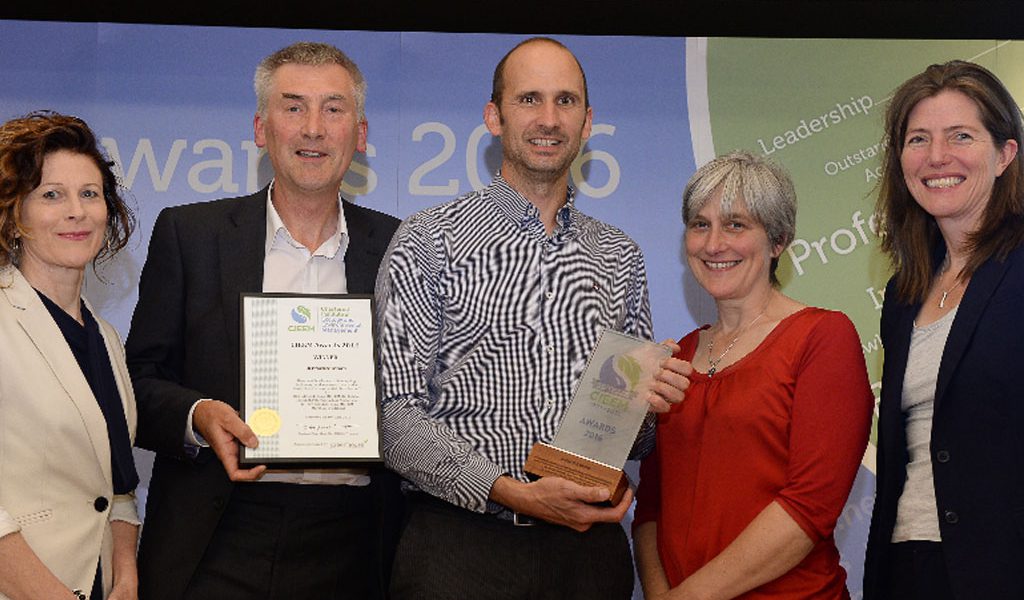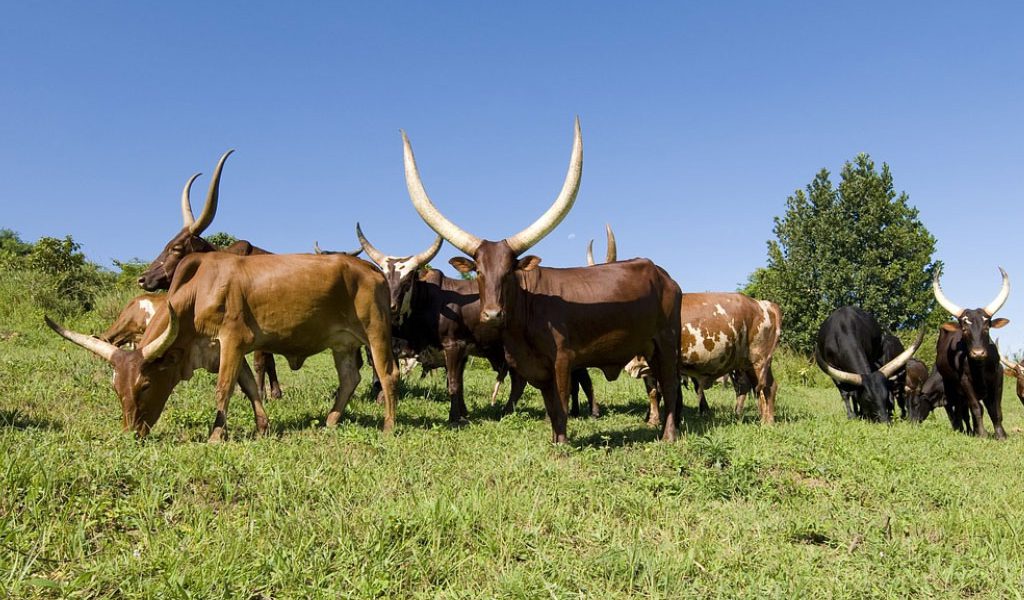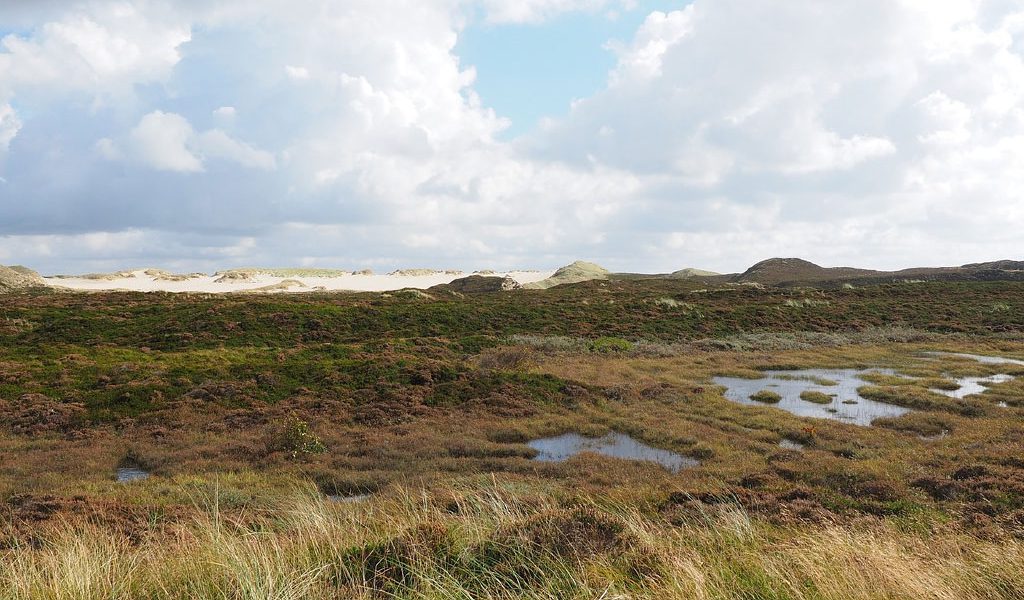A Biodiversity Offset is a mechanism by which a developer can mitigate the impact on habitats or species by enabling an improvement of biodiversity on other land, in order to achieve “no net loss” or preferably “net gain”. Under the Mitigation Hierarchy offsets should only be used to mitigate residual impacts if it has not been possible to avoid, minimise or restore all anticipated impacts through site selection, good design and on-site mitigation measures.
In determining what constitutes a reasonable and fair offset, we need to consider the extent to which losses (due to impacts) and gains (due to offsets or compensation) balance out to achieve “no net loss” as a minimum. An essential ingredient of a robust biodiversity offset system is therefore a credible method for measuring biodiversity losses and gains. A biodiversity offset metric is used to make these measurements.
Not currently. There is a Defra Biodiversity Offset metric, produced by Defra in 2012 and based on our work published in 2010, that is widely used. This is currently being revised by Natural England for publication in autumn 2018. Many local authorities have developed their own approach to biodiversity offsets. In Scotland, Wales and Northern Ireland there are no formalised offset approaches in place, but there are references to compensation and offsetting in various frameworks, strategies and guidance documents.
The concept of Environmental Net Gain has been introduced in the Government’s 25 Year Environment Plan, published in January 2018. It is an extension of the Net Gain concept established for biodiversity internationally, but now applied to a much wider range of environmental attributes. It has yet to be formally defined in the UK, but is likely to relate closely to Natural Capital and Ecosystem Services, so that development projects, for example, will be required to demonstrate environmental net gain for a range of key ecosystem services.
Accessing high quality data is very important to inform the best outcomes, but sourcing and interpreting a variety of datasets can be a very time consuming process. Using biodiversity and ecosystem service tools, where much of the heavy lifting has already been done, can get clients to effective solutions fast with the confidence that the data is the best available and is interpreted professionally to the latest regulatory standards.
There are many biodiversity and ecosystem service tools available and more are being developed. Some are specific to the UK, others applicable regionally or globally. Each has a range of purposes for which it has been designed and there is great variation in the time and expertise needed to use them. There are two portals where users can search for available natural capital and ecosystem service tools, the Natural Capital Protocol Toolkit (global) and the Ecosystem Knowledge Network Tool Assessor (UK). eCountability can advise on the selection of the most appropriate tool from these portals and on biodiversity tools which may not be included.
International banks and development institutions have published standards that are used to ensure compliance of projects that are seeking finance. Project proponents need to demonstrate full compliance with these standards before loans or other financial support are approved, and then ensure that commitments made are followed through. These standards include Biodiversity and Ecosystem Services. The principal IFIs involved in projects that may involve impacts on Biodiversity and Ecosystem Services are the World Bank, the European Bank for Reconstruction and Development (EBRD), the European Investment Bank (EIB) and the Inter-American Development Bank (IDB).
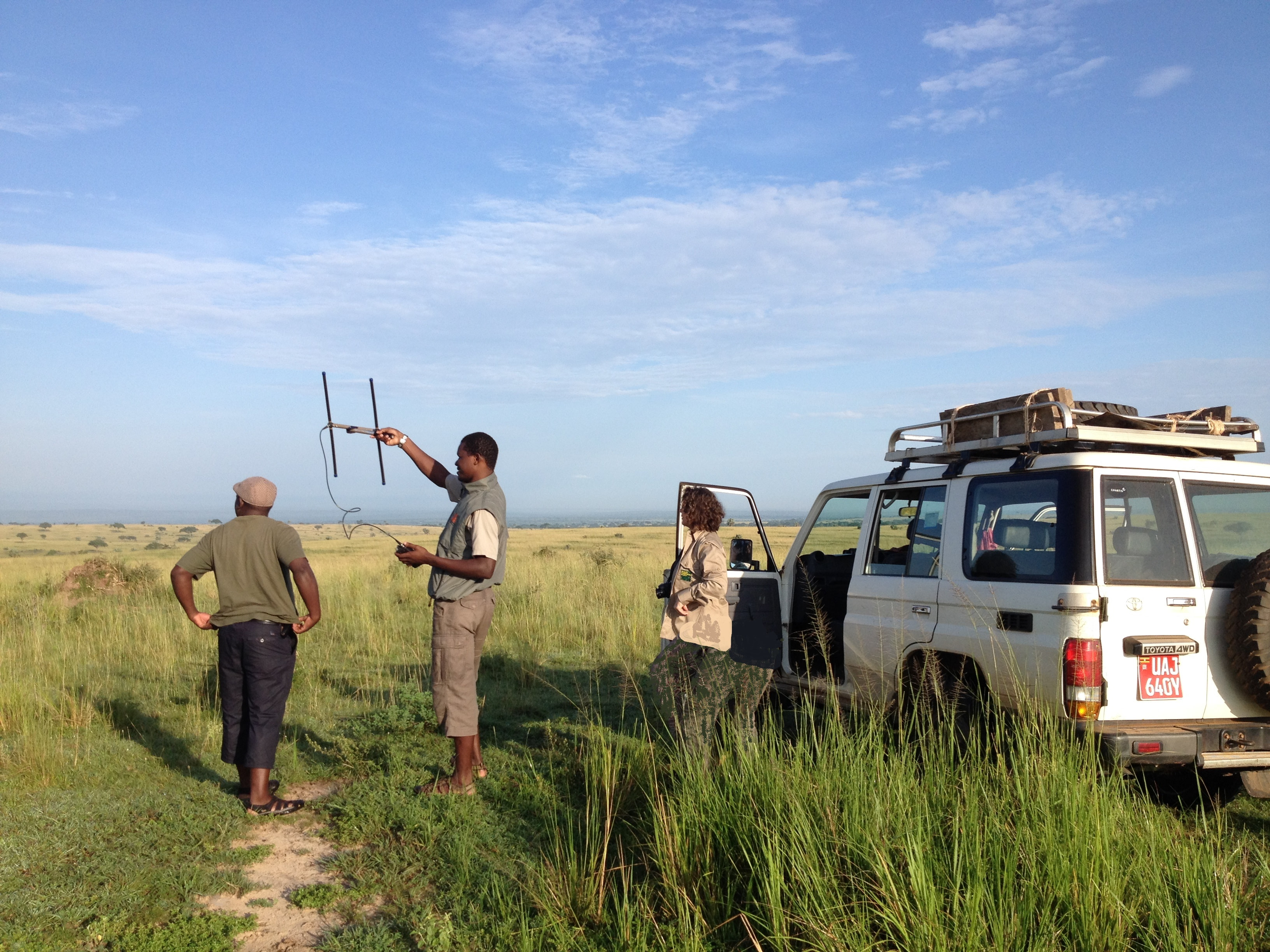
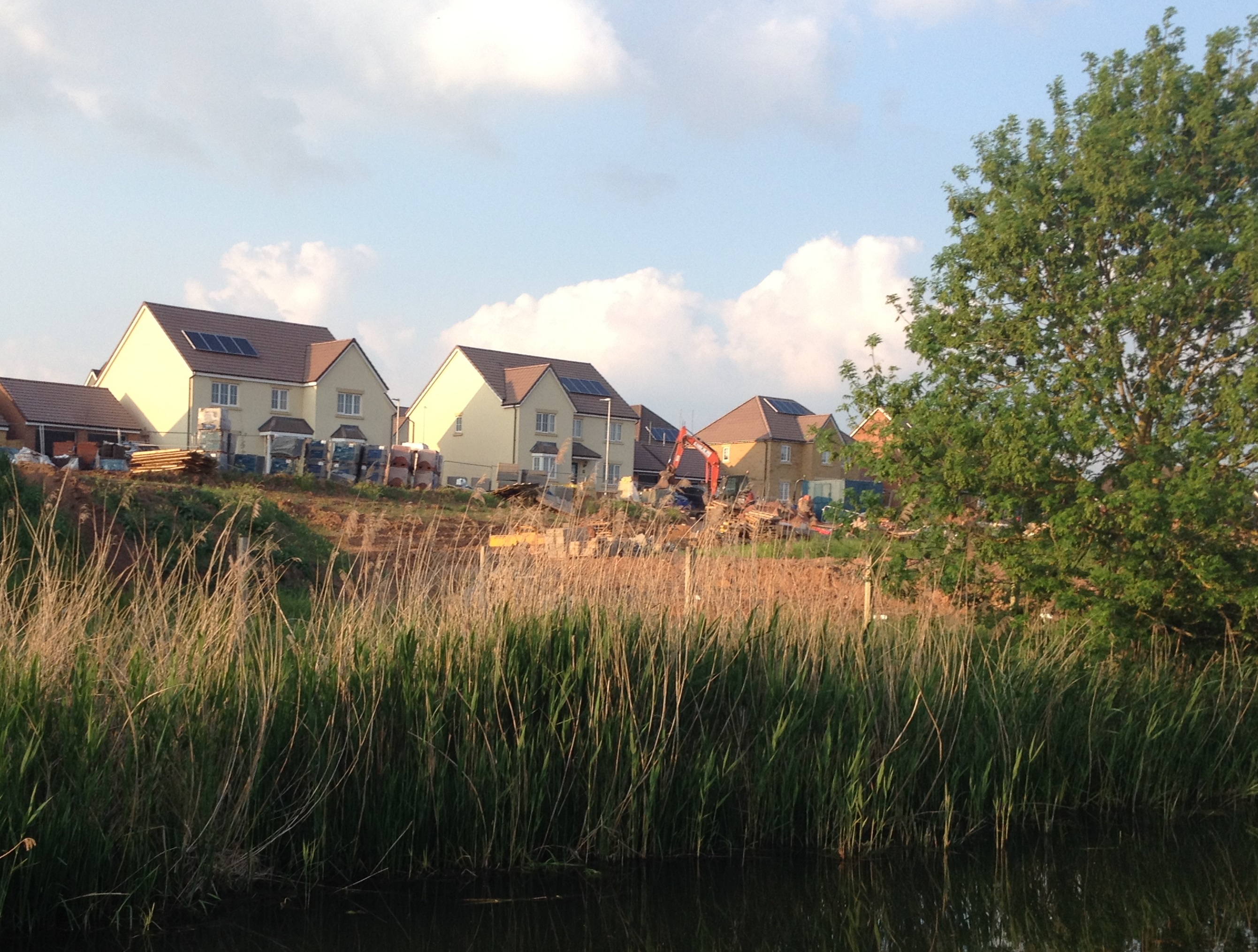
Our News
Our Clients and Partners are businesses, planning authorities, government departments and
NGOs in the UK and internationally including:
Black Country Garden City can learn from Singapore
With our very own Black Country setting out to be a Garden City (1) we were delighted to be asked to present some training to the Singapore National Parks Department, fifty years after then Prime Minister Lee Kuan Yew...
Read moreECOUNTABILITY DIRECTORS WIN CIEEM AWARD
eCountability directors Bill Butcher and Jo Treweek have won the CIEEM award for the article in the Institute’s In Practice publication in 2015 with most influence on the ecological profession. The article, with joint authors Bob Edmonds, Pete Carey...
Read moreBIODIVERSITY BASELINE IN WESTERN UGANDA
eCountability has been commissioned by the US-based Wildlife Conservation Society, Uganda branch, to work with local teams on a comprehensive biodiversity baseline of the Albertine Rift area of western Uganda. Surveys are focused on Lake Albert and the Murchison...
Read moreHABITAT CLASSIFICATION IN THE UK
eCountability directors Bill Butcher and Jo Treweek have joined with co-authors Lisa Norton, Pete Carey and Bob Edmonds in challenging the environmental consultancy profession to review the use of habitat classifications in the UK. In a leading article in...
Read more

